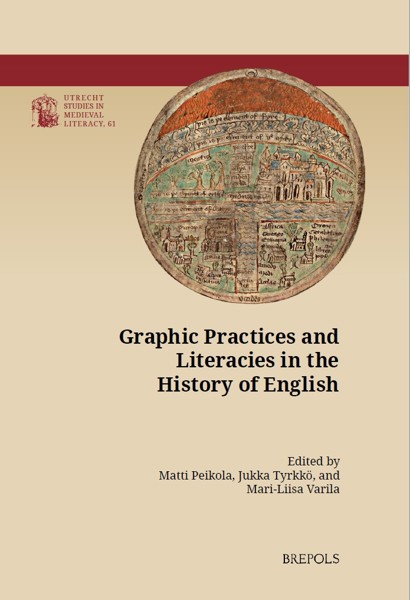
Pastoral Works
Priests, Books, and Compilatory Practices in the Carolingian Period
Bastiaan Waagmeester
- Pages: xxii + 328 p.
- Size:156 x 234 mm
- Illustrations:13 b/w, 3 col., 5 tables b/w.
- Language(s):English, Latin
- Publication Year:2025
- € 95,00 EXCL. VAT RETAIL PRICE
- ISBN: 978-2-503-59804-8
- Hardback
- Available
- € 95,00 EXCL. VAT RETAIL PRICE
- ISBN: 978-2-503-59805-5
- E-book
- Available
A study of the compilation and usage of the previously unexplored material that is the Carolingian priest's book.
Much of the Christian empire established by the Carolingians in the eighth century was not only built through royal initiative, but also through the work of local priests. Living among the laity, these clerics provided pastoral care and religious instruction. Yet despite their vital contribution to the development of Christianity in Western Europe, these clergymen and the communities they served remain understudied.
This book investigates the manuscripts they used, offering a glimpse into everyday life around the local church. Far from being poor and illiterate, priests had access to texts specifically adapted to their needs. By examining how these materials were compiled, this study reveals what mattered most in the early medieval countryside. Drawing on excerpts from collections of liturgy, canon law, and patristic expositions — often preserved in the great monastic and court libraries — it uncovers the diversity of local religious practice. These texts reflect how the efforts instigated by Carolingians to foster ‘good Christianity’ were interpreted and implemented outside the centres of power. In exploring these seemingly modest manuscripts, this study opens new pathways into the world of the Carolingian local church and the people who inhabited it.
1. Introduction
1.1 A New Model for the Local Priest
1.2 The Appearance of Books for Priests
1.3 Fragmented Perspectives
1.4 Instruments: Family Resemblance and Social Logic
1.5 On this Book
2. The Manuscript Corpus
3. Priests’ Books and Compilatory Practices
3.1 Introduction: Shared Ideas
3.2 Historical Context
3.3 Material Analysis
3.4 Content and Structure
3.5 Writing and Annotations
3.6 Tracing Compilatory Practices
3.7 Networks of Overlapping Similarities
3.8 Conclusion
4. Baptism and the Liturgy for the Local Church
4.1 Introduction: Priests as Liturgical Experts
4.2 Baptism during the Carolingian Period
4.3 Baptismal Ordines in MS Sélestat, Bibliothèque Humaniste, Ms. 132 (SE)
4.4 Conclusion
5. Canones, Knowledge and Compilations
5.1 Introduction: Knowledge of the Canones
5.2 Searching for Canones in Priests’ Books
5.3 Excerpting the Collectio Dionysio-Hadriana
5.4 Conclusion
6. The Lord’s Prayer and Religious Instruction
6.1 Introduction: Teaching and Being Taught How to Pray
6.2 The Lord’s Prayer during the Ninth Century
6.3 On the Corpus of Sources
6.4 Explaining What to Ask from God
6.5 Conclusion
7. Conclusions
8. Appendices
8.1 Details of All Closely Examined Codices
8.2 Description of MS Sélestat, Bibliothèque Humaniste, Ms. (SE)
8.3 Description of MS Vatican, Bibliotheca Apostolica Vaticana, 485 (VA)
8.4 Comparison of MS Sélestat, Bibliothèque Humaniste, Ms. 132 and MS Vatican, Bibliotheca Apostolica Vaticana, Pal. Lat. 485 (SE and VA)
8.5 Description of MS Einsiedeln, Stiftsbibliothek, Codex 27 (1195) (ES)
8.6 Comparison of Hrabanus Maurus’ Exposition of Baptism and the Third Ordo in MS Sélestat, Bibliothèque Humaniste, Ms. 132 (SE)
8.7 Comparison of "De Ratione Matrimonii" in MS Vienna, Österreichische Nationalbibliothek Cod. 1370 (WI) and the Collectio Hibernensis
8.8 Description of MS Paris, Bibliothèque nationale de France, Latin 1008 (P1)
8.9 Overview of the Collection of Canones in MS Paris, Bibliothèque nationale de France, Latin 1008 (P1)
8.10 Descriptions of Manuscripts with Expositions of the Lord’s Prayer
Bibliography
Manuscripts
Printed Primary Sources
Online Sources and Literature
Secondary Literature
Index




